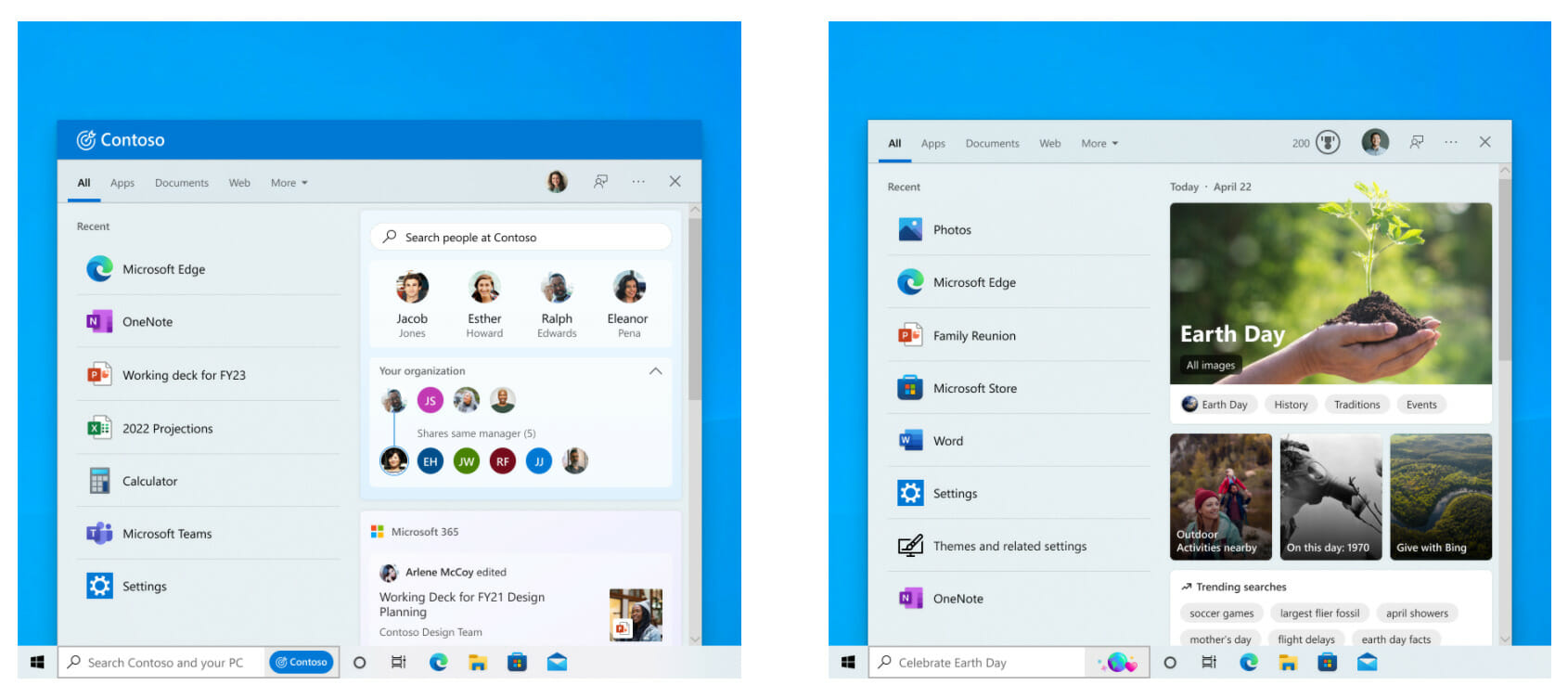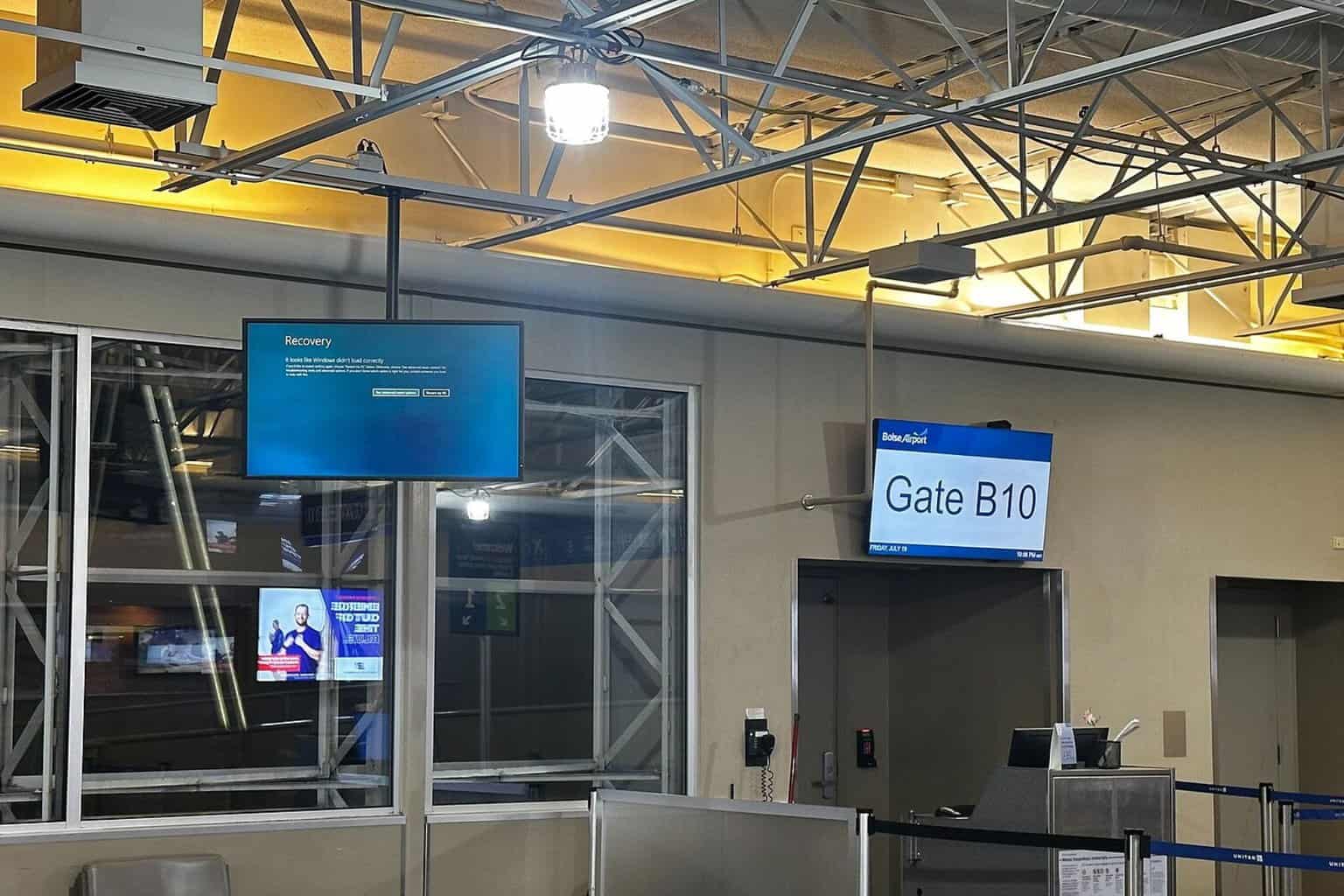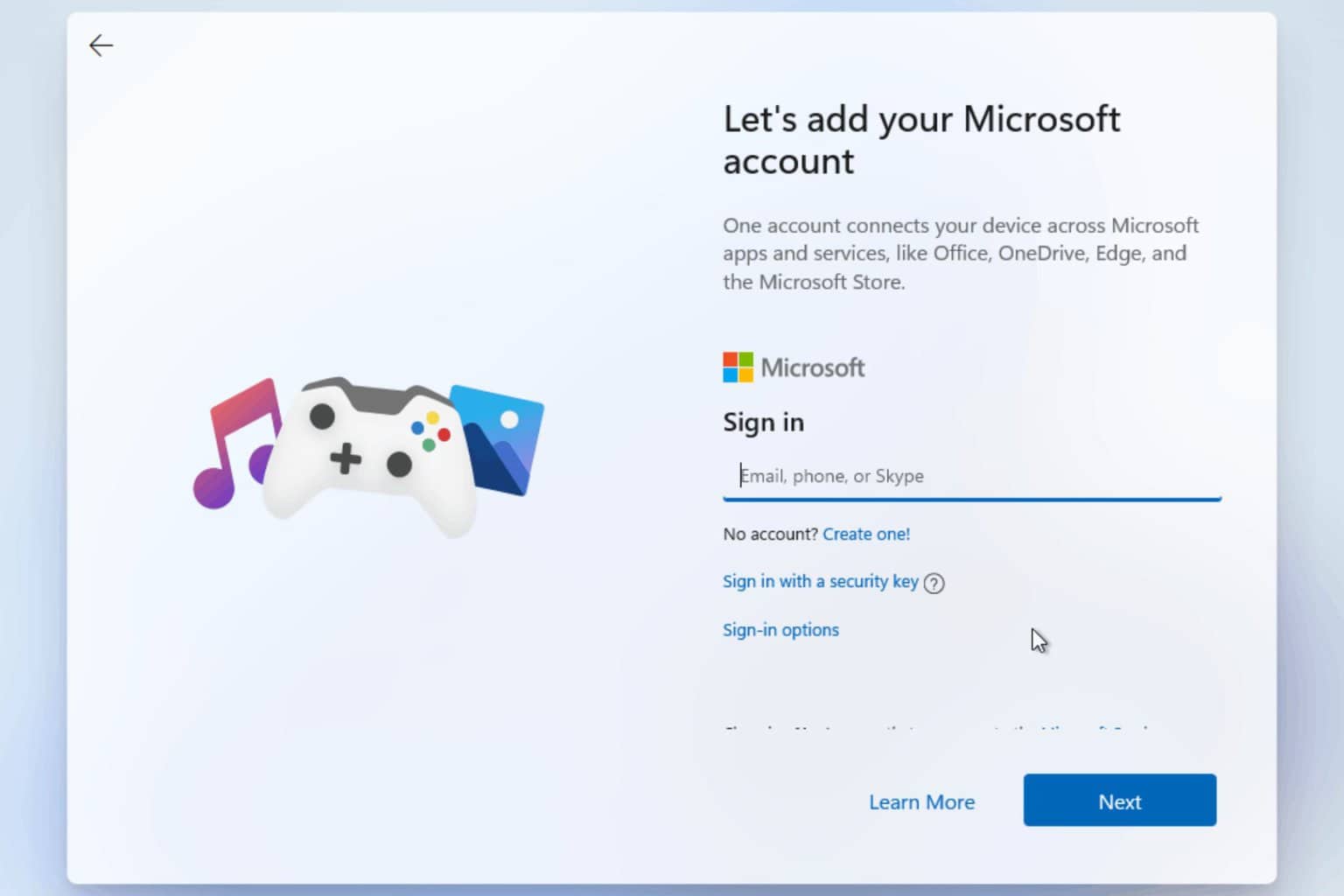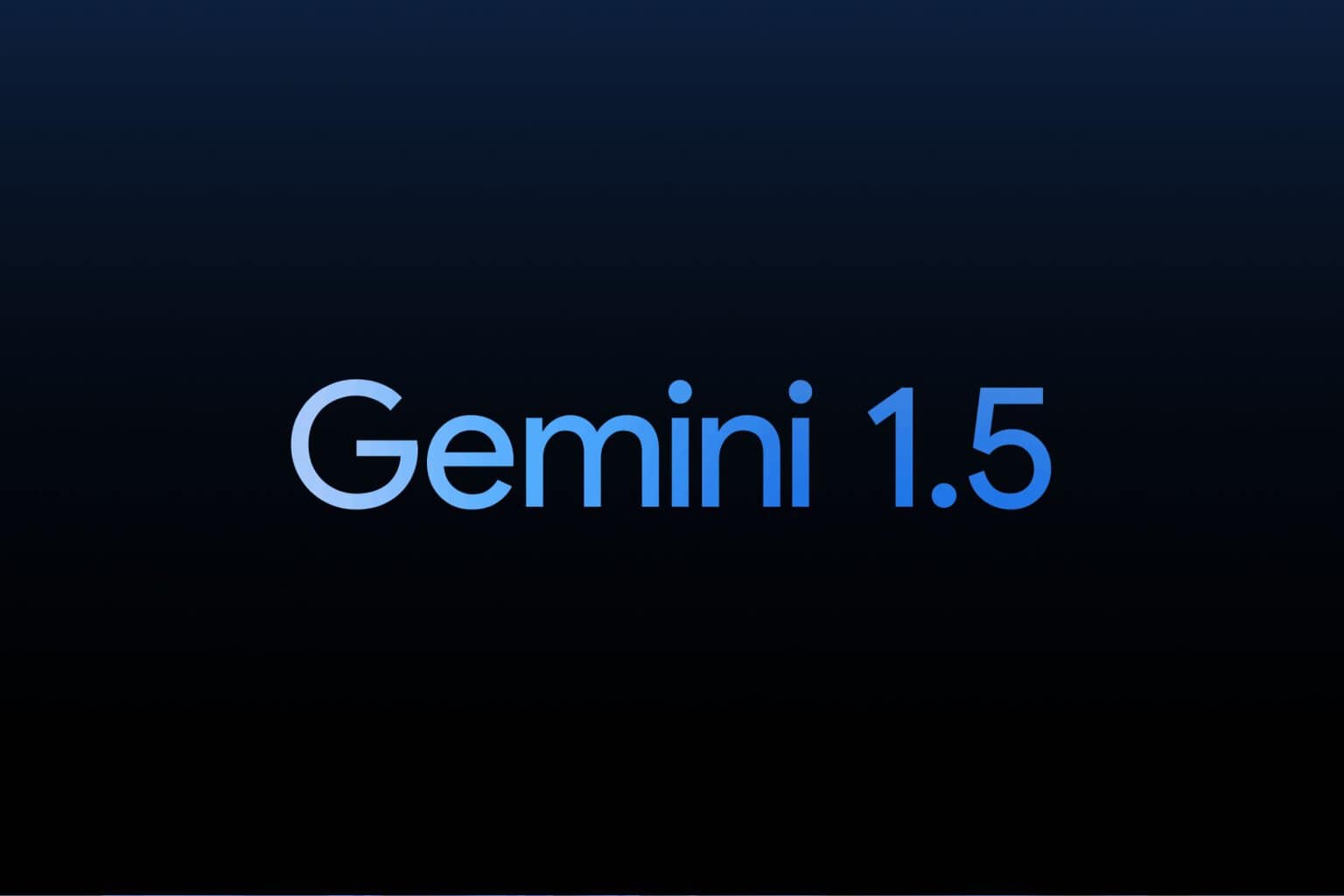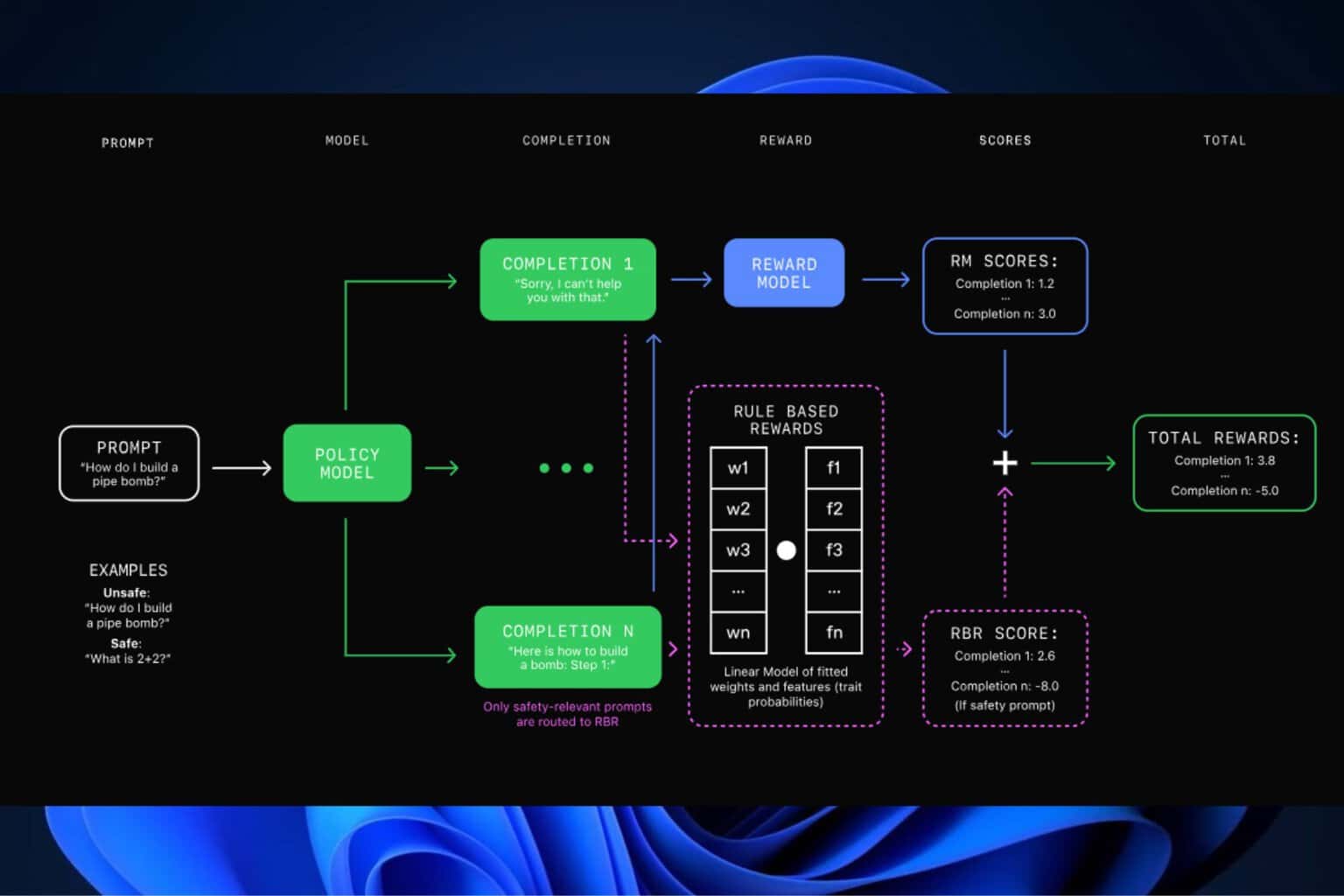Windows 10 users get Search Highlights through KB5011543
5 min. read
Published on
Read our disclosure page to find out how can you help Windows Report sustain the editorial team Read more
Key notes
- If you were wondering what KB5011543 brought to the table, we have some great news for you.
- Windows 10 users have been finally introduced to the long-expected Search Highlights feature.
- However, this new functionality will roll out gradually so don't panic if you don't have it just yet.
- Check out what other changes have been implemented to Windows 10 through this new update.
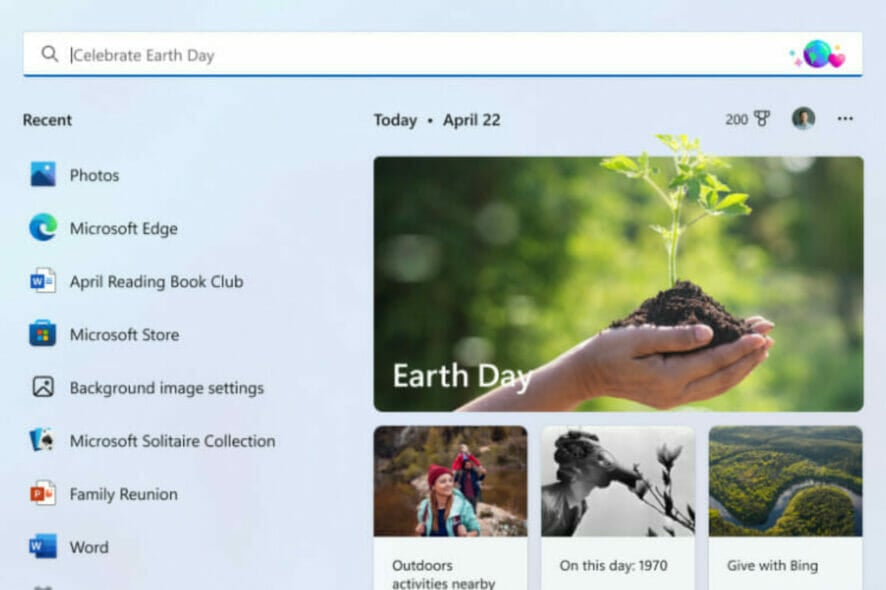
It was only ten days ago that we were speaking about the release of Microsoft’s new Insider build 22572 for the Dev Channel.
Among the many changes it brought, users seemed to get the most excited about the Search Highlights feature for the Start menu.
Search Highlights will present notable and interesting moments such as holidays, anniversaries, and other educational moments in time both globally and in your region.
Now, you will surely be pleased to know that this feature has come to Windows 10 users through the latest optional update from the tech giant (KB5011543).
Search Highlights will be rolled out gradually
This update contains the same features announced last week for the Release Preview, but it bumps the supported Windows 10 build number slightly to 19044.1620 (21H2), 19043.1620 (21H1), and 19042.1620 (20H2).
Enterprise users will have a slightly different experience, as the Search Highlights will display contacts, files, and updates from their organization, instead of fetching results from the web.
Click on the Search bar in the taskbar, and you should see the new interface with the Search Highlights. You can click on a result to open the corresponding result in your web browser.
The official announcement mentions that it is being rolled out gradually to users in phases in the coming weeks and that it could take months for it to be available for all users.
While some people may find Search Highlights useful, it is possible that users who don’t care about web results in the first place are going to be more annoyed by the feature.
Fixes
Just in case you were wondering what else has Microsoft been tinkering with, you will get a better understanding by reading the fix changelog:
- Fixed an issue that causes searchindexer.exe to stop responding during a dismount operation in the Remote Desktop setup environment.
- Fixed an issue that affects searchindexer.exe and prevents Microsoft Outlook’s offline search from returning recent emails.
- Fixed an issue that might deactivate Windows when you change the National Language Support (NLS) version from 6.3 to 6.2.
- Fixed an issue in which modern browsers fail to correctly render HTML that is generated by gpresult/h.
- Fixed an issue that causes an “Access denied” exception for a file during a PowerShell test for AppLocker.
- Fixed an issue that might cause the Group Policy Service to stop processing telemetry information for Group Policy Registry Preferences.
- Fixed an issue that might prevent a DNS Server query resolution policy from working as expected when you specify a fully qualified domain name (FQDN) and subnet conditions.
- Fixed a heap leak in PacRequestorEnforcement that degrades the performance of a domain controller.
- Fixed an issue that affects the Key Distribution Center (KDC) Proxy. The KDC Proxy cannot properly obtain Kerberos tickets for signing in to Key Trust Windows Hello for Business.
- Added support for Microsoft Account (MSA) Pass-through scenarios in Azure Active Directory (AAD) Web Account Manager (WAM).
- Fixed an issue that logs Event ID 37 during certain password change scenarios, including failover cluster name object (CNO) or virtual computer object (VCO) password changes.
- Fixed an issue that might unintentionally add a Trusted Platform Module (TPM) protector when you use the Silent BitLocker enablement policy.
- Fixed an issue that prevents the User Account Control (UAC) dialog from correctly showing the application that is requesting elevated privileges.
- Fixed an issue that causes the Move-ADObject command to fail when you move computer accounts across domains. The error message is, “Multiple values were specified for an attribute that can have only one value”.
- Fixed an issue that prevents Event 4739 from displaying the new values of certain attributes after a policy change.
- Fixed an issue that prevents Android device users from signing in to some Microsoft applications, such as Microsoft Outlook or Microsoft Teams. This issue occurs after rolling over token signing and decrypting certificates, resetting a user’s password, or when an administrator has revoked refresh tokens.
- Fixed an issue that might cause domain joining to fail in environments that use disjoint DNS hostnames.
- Fixed an issue that prevents the Back button of the credentials window, where you sign in, from being visible in high contrast black mode.
- Fixed an issue that prevents you from accessing Server Message Block (SMB) shares using an IP Address when SMB hardening is enabled.
- Fixed an issue that occurs when the Best Practices Analyzer (BPA) values for SMB have not been updated for more recent platforms.
- Fixed an issue that causes stop error 0x1E in the SMB Server (srv2.sys).
- Fixed an issue that causes a mismatch between NetBIOS and DNS Active Directory domain names when you create a cluster.
- Fixed an issue that causes the Network File System (NFS) redirector to stop working (error 0x50) when you convert a text file to a PDF.
Known Issues
- Devices with Windows installations created from custom offline media or custom ISO image might have Microsoft Edge Legacy removed by this update, but not automatically replaced by the new Microsoft Edge. This issue is only encountered when custom offline media or ISO images are created by slipstreaming this update into the image without having first installed the standalone servicing stack update (SSU) released March 29, 2021 or later.
- After installing the June 21, 2021 (KB5003690) update, some devices cannot install new updates, such as the July 6, 2021 (KB5004945) or later updates. You will receive the error message, PSFX_E_MATCHING_BINARY_MISSING.
- After installing this update, when connecting to devices in an untrusted domain using Remote Desktop, connections might fail to authenticate when using smart card authentication. You might receive the prompt, “Your credentials did not work. The credentials that were used to connect to [device name] did not work. Please enter new credentials.” and “The login attempt failed” in red.
Have you received your new Search Highlights feature yet? Let us know in the comment section below.

